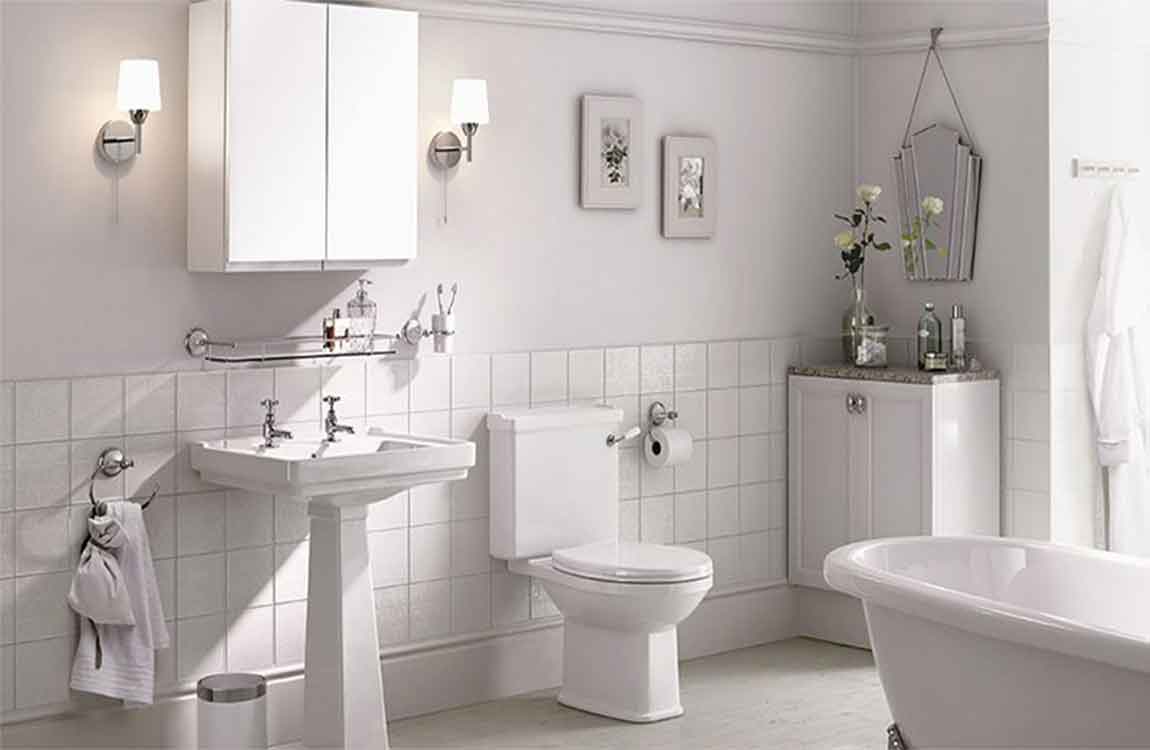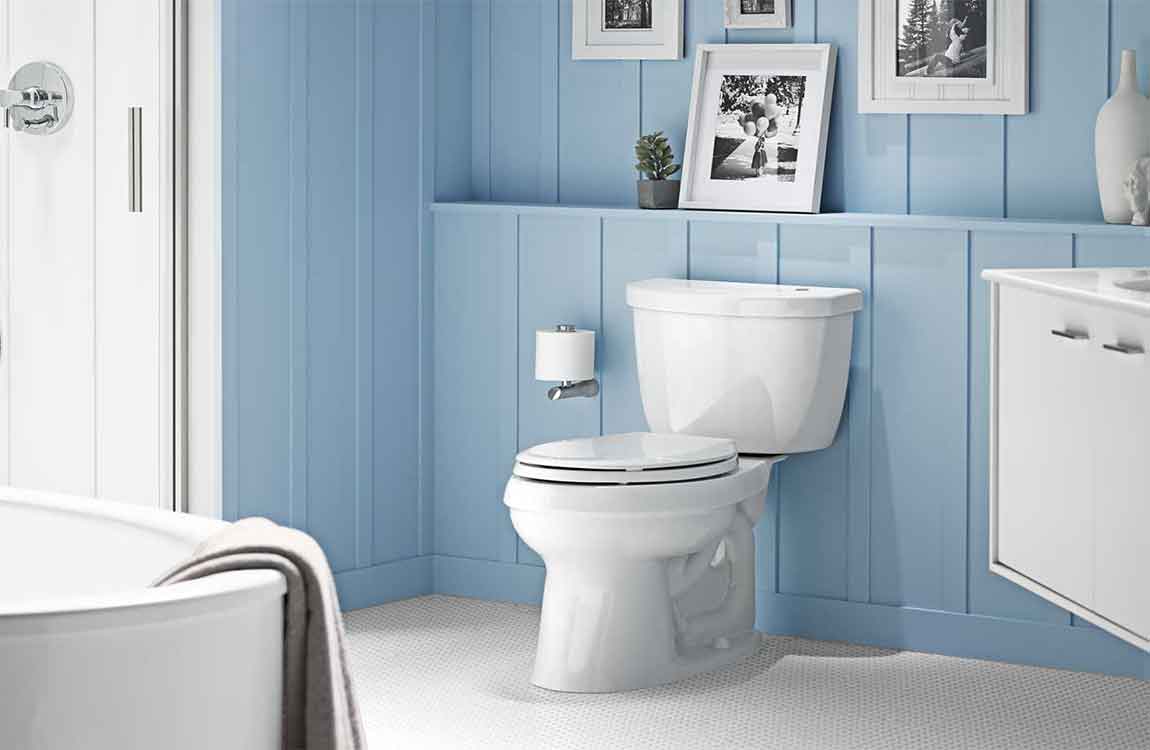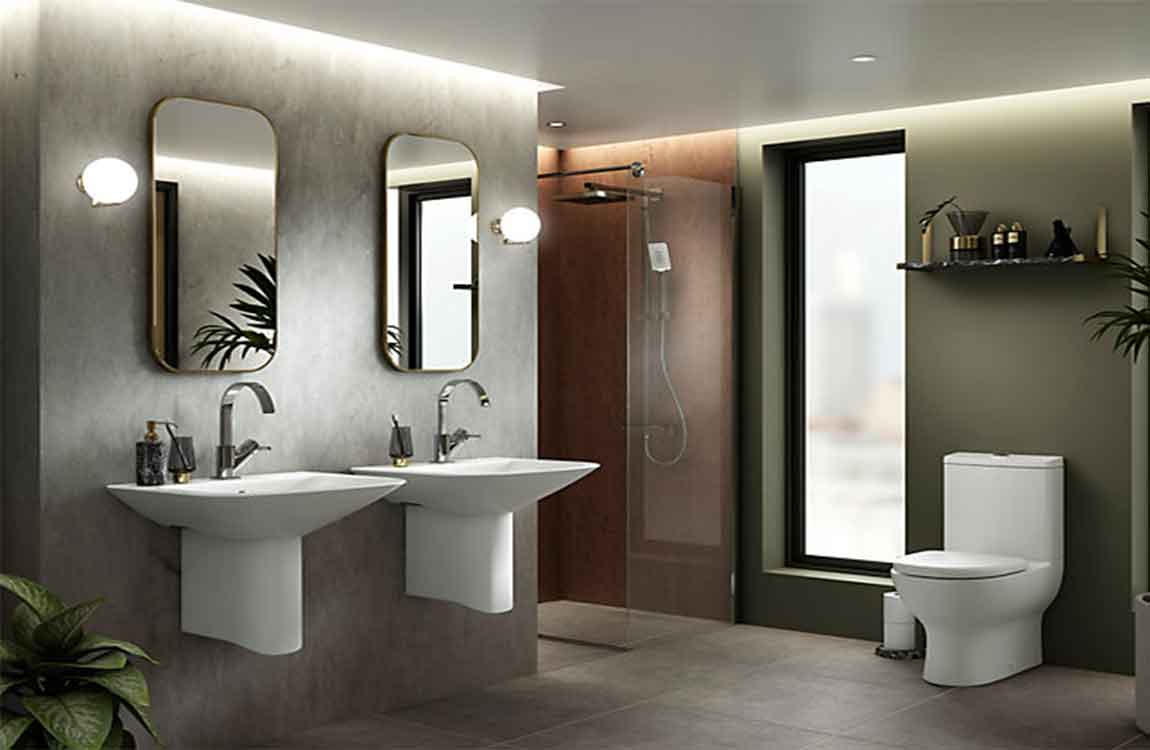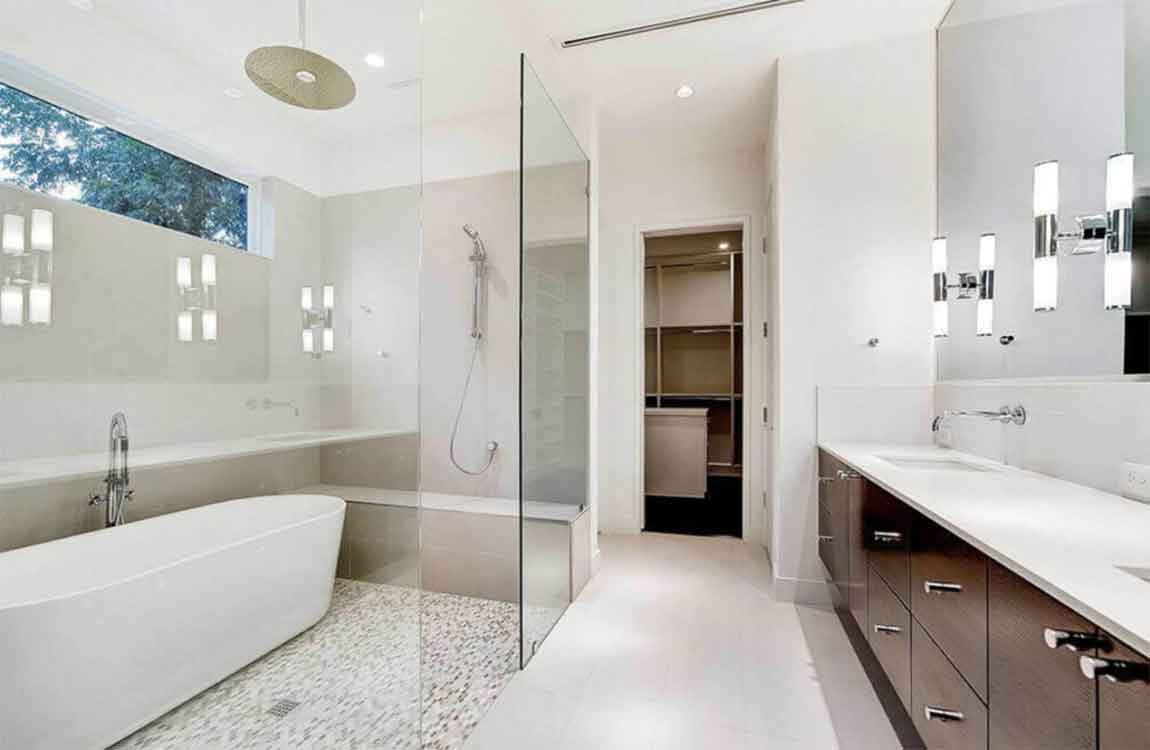How to Deep Cleaning a Toilet?

Put on clean gloves and a plastic apron. Use a dedicated pair of waterproof rubber gloves to clean your toilet. A plastic apron will protect your clothing. Toilets can be a haven for bacteria – you’ll want to keep your hands as clean and dry as possible when you’re cleaning yours. Keep these gloves separate from your other gloves. It’s handy to buy your toilet gloves in a different color than your other rubber gloves – you don’t accidentally want to mistake them for your dish-washing gloves.

Wipe down the toilet with a damp sponge. It can be handy to give your toilet an initial once-over with hot water. While you’re cleaning the rest of the toilet, this will sink in, loosening up dirt and grime and making your later efforts easier. Moisten a sponge with hot water and wipe around the tank, lid, seat, base, and exterior of the bowl. Often, this will be enough to completely remove dirt without the need for special cleaning products.

Apply toilet cleaner to the inside of the bowl. Specially-formulated toilet cleaners can help you eliminate stains, rings, and mineral deposits in your toilet. Squirt or dab cleaner on the inside of the rim of the bowl, allowing it to drip down the sides of the bowl and into the water.

It’s important to apply cleaner to the inside of the bowl’s rim – this area is often ignored, which can lead to gross brown mineral buildup along the rim. Read the manufacturer’s instructions for the cleaner you use. Many cleaners work best if you allow them to soak in the bowl before proceeding. If so, take a short break before the next step.

Scrub the bowl with a toilet brush. Using a firm-bristled toilet brush, scrub the entire bowl thoroughly, paying special attention to any mineral stains that may accumulate along the water level and at the back of the bowl.







